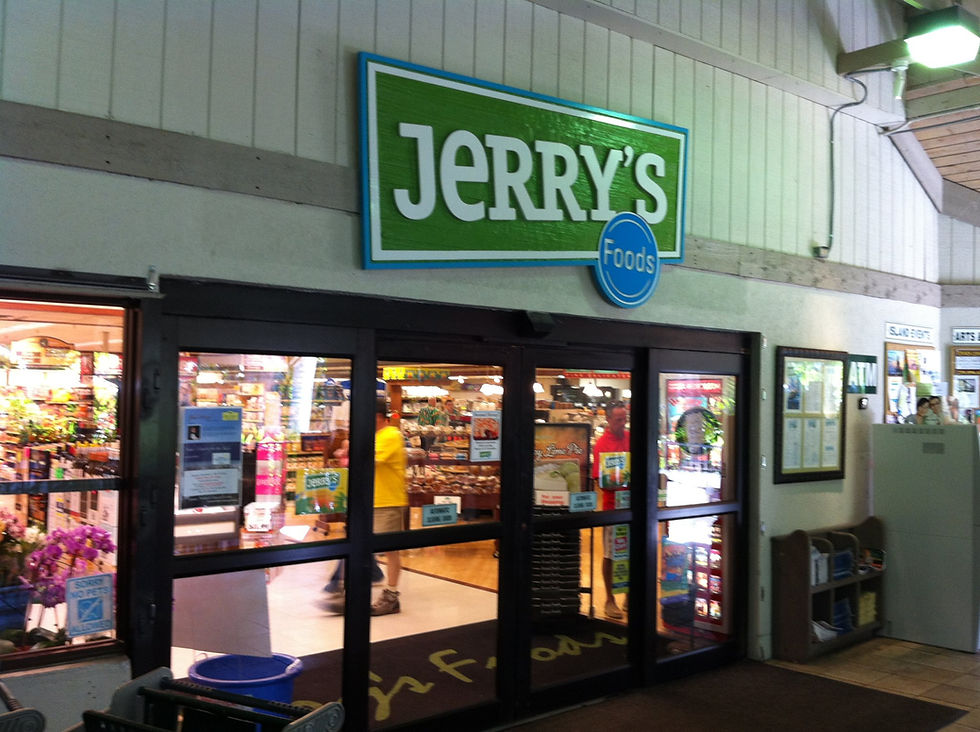Shelling on Sanibel Island: Your Guide to a Coastal Treasure Hunt
- Posh Rentals
- Aug 20, 2025
- 4 min read
Sanibel Island, off the coast of Fort Myers, Florida, is one of the world’s top shelling destinations. Its unique east-west orientation and gentle Gulf of Mexico currents make its beaches a haven for seashells, drawing beachcombers globally. Whether you’re an experienced sheller or a first-timer, Sanibel’s shores offer an engaging experience known as the “Sanibel Stoop.” This blog post covers the best spots, times, and tips for shelling on Sanibel Island to help you plan your coastal adventure.
Sanibel Island - The Shelling Paradise
Sanibel’s geography makes it a shelling hotspot. Unlike most Florida islands that run north-south, Sanibel’s east-west curve acts like a natural scoop, collecting shells from the Gulf and Caribbean. The island’s wide, gently sloping underwater shelf allows shells to wash ashore intact, creating a dazzling array of treasures. From tiny coquinas to the coveted Junonia, Sanibel’s beaches are home to over 250 shell species, earning it accolades like Travel & Leisure’s top U.S. shelling beach in 2016.
The term “Sanibel Stoop” captures the iconic posture of shellers bent over, eyes scanning the sand for that perfect find. As one local blog describes, “It’s not uncommon to feel shells gently tapping your feet as you wade near the shore.” Whether you’re hunting for a rare Junonia or simply enjoying the colorful mosaic of shells, Sanibel’s beaches promise a memorable experience.
Top Beaches for Shelling
Sanibel offers several prime shelling locations, each with distinct features. Here are three key beaches to visit:
Bowman’s Beach: On Sanibel’s western end, this quiet beach is ideal for finding larger shells like whelks and conchs. Its wide sand and fewer crowds suit dedicated shellers. Bring a scoop or net, as wading knee-deep can reveal hidden shells.
Blind Pass Beach: Located between Sanibel and Captiva, this beach is a shelling hotspot, especially post-storm. Strong currents deposit shells like cockles and occasionally Junonia. Parking is limited, so arrive early.
Lighthouse Beach Park: At the eastern tip near the Sanibel Lighthouse, this beach yields smaller shells like coquinas and whelks. Its Gulf and bayside shores increase your chances of finding treasures. Look for live sand dollars but leave them in place.
You'll find the link to tide chart for Lighthouse Beach below.
Gulfside City Beach Park: Also known as Algiers Beach, this mid-island spot offers a relaxed shelling experience with ample parking and picnic areas. It’s great for finding a variety of shells, including olives and tulips, and its calm vibe makes it family-friendly. The beach’s gentle slope is perfect for wading and spotting shells in shallow water.
Tip: All Gulf-side beaches from the Lighthouse to North Captiva are great for shelling, so try multiple spots to find your favorite.
Best Times for Shelling
Timing matters for shelling success. Here’s how to plan:
Low Tide: Shells are most visible during low tide, especially spring tides (full and new moons). Check the tide chart
After Storms: Storms churn the Gulf, bringing new shells ashore. A blog mentions, “Rain and thunderstorms produce shells in abundance.” Visit the day after a storm for rich pickings.
Early Morning: Arrive at dawn to beat crowds. Shellers on Middle Gulf Drive reported great finds as early as 4:20 AM, using flashlights before sunrise.
Tips for a Great Shelling Trip
To enhance your Sanibel shelling experience, follow these practical tips:
Pack the Right Gear: Bring a bucket, net bag, or scoop for collecting shells. Wear water shoes to protect your feet and shuffle in shallow water to uncover buried shells while avoiding fish. Sunscreen, a hat, and bug spray (for no-see-ums at dawn/dusk) are essential.
Follow Regulations: Florida law bans collecting live shells, sand dollars, starfish, or sea urchins to protect the ecosystem. A “live shell” has an inhabitant, so return it gently to the water. Fines for violations can reach $500. Shelling is also prohibited in J.N. “Ding” Darling National Wildlife Refuge.
Choose Quality Over Quantity: Instead of collecting many shells, pick a few special ones to preserve the beach for others. A guide suggests, “Select one precious shell and leave the rest.”
Clean Your Shells: Rinse shells in fresh water, then soak in a 50/50 bleach-water solution for a few hours to remove debris. Use a toothbrush or dental pick for barnacles, and apply mineral oil for shine. For sand dollars, soak in freshwater first to avoid damage.
Seek the Sanibel Six: Look for the “Sanibel Six”—whelk, conch, murex, cone, olive, and tulip shells. The Junonia, a white shell with brownish squares, is the most coveted. Finding one might land you in the local paper!
Visit the Bailey-Matthews National Shell Museum
A trip to the Bailey-Matthews National Shell Museum on Sanibel is a must. The museum features exhibits on shells from scientific, historical, and artistic angles, enriching your shelling knowledge. They offer guided beach walks and host the Sanibel Shell Fair & Show each March, where collectors showcase their finds. A guest said, “The Bailey-Matthews Shell Museum is a must-visit!”
Bailey-Matthews National Shell Museum
3075 Sanibel Captiva Rd, Sanibel, FL 33957
Phone: (239) 395-2233








Comments